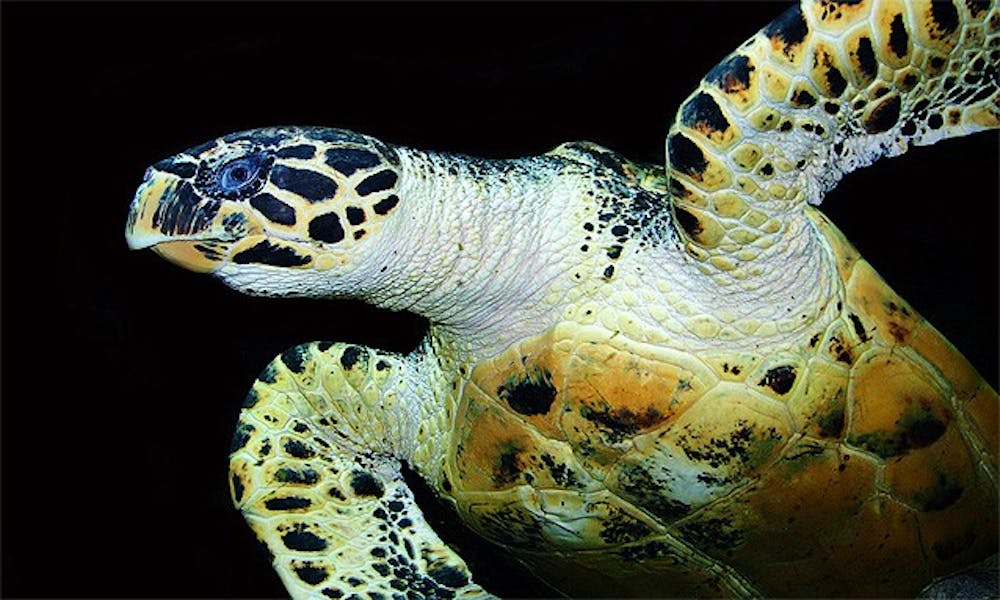New fishery practices over the past 20 years have made for a dramatic drop in sea turtle deaths.
The number of sea turtles who are unintentionally captured and killed in fishing nets has decreased by 90 percent since 1990, according to a recent Duke study. Deaths due to bycatch—the accidental capture of one species while fishing for another species—is one of the biggest threats to the sea turtle population. According to the study, an estimated 4,600 sea turtles die each year in U.S. waters. Bycatch can also harm the fisheries themselves, creating a trickle-down effect on people’s eating habits and sustainability practices.
“I think this represents a pretty major accomplishment in the management of sea species in the United States,” said Elena Finkbeiner, a Ph.D. student at Duke and lead author of the study.
Measures taken to reduce the number of bycatch deaths include using circle hooks that are less likely to be swallowed by sea turtles, as well as limiting fishing activity hours to periods when sea turtles are not frequently present. Finkbeiner added that additional studies must be conducted to assess the full effect the fisheries’ practices have on the overall animal population.
Unintended sea turtle deaths result in direct costs to fishermen by damaging their gear and reducing their target catch, Jeffrey Moore, co-author of the study, wrote in an email.
“Nets may be damaged when large animals—sharks, turtles, dolphins—get tangled in them and have to be cut out,” said Moore, a protected resources scientist with the National Oceanic and Atmospheric Administration.
Sea turtles occupy a specific niche in marine ecosystems, said Bryan Wallace, adjunct faculty member at Duke’s Nicholas School of the Environment and co-author of the study.
“They are big animals and live a long time and are abundant.... When you combine these things, they play a cumulatively important role [in sustaining the food web],” said Wallace, who is also a science advisor for the Sea Turtle Flagship Program at Conservation International in Washington, D.C. “In places where there are coral reef ecosystems, they are important to maintain healthy reefs since their dietary source is sponges—they keep sponges in check.”
Although the researchers studied sea turtles in U.S. coastal waters, the findings have a global reach.
“The United States shares its sea turtle population with other countries in the world,” Finkbeiner said.
She cited the California-based leatherback sea turtle, which comes from Indonesia, and the loggerhead sea turtle found in Hawaii, which originates from Japan. Managing the bycatch of sea turtles in the U.S. can help these species around the world, she added.
Researchers at Duke University Project GloBAL and Conservation International used data compiled from national fishery services between the period of 1990 and 2007. They divided this period into two strata, pre-regulatory and post-regulatory, to look at sea turtle mortality rates before and after regulations were put on fisheries to reduce bycatch.
Wallace said Duke students can aid marine conservation efforts through acting as “empowered and enlightened consumer[s].”
“[For example,] carry a reusable bag around. Don’t use disposable plates and cups,” he said. “Even though sea turtles and marine life in general might seem like a far-off thing.... As consumers, they have a lot of say in the human practices that affect sea life and turtles.”
Get The Chronicle straight to your inbox
Signup for our weekly newsletter. Cancel at any time.

